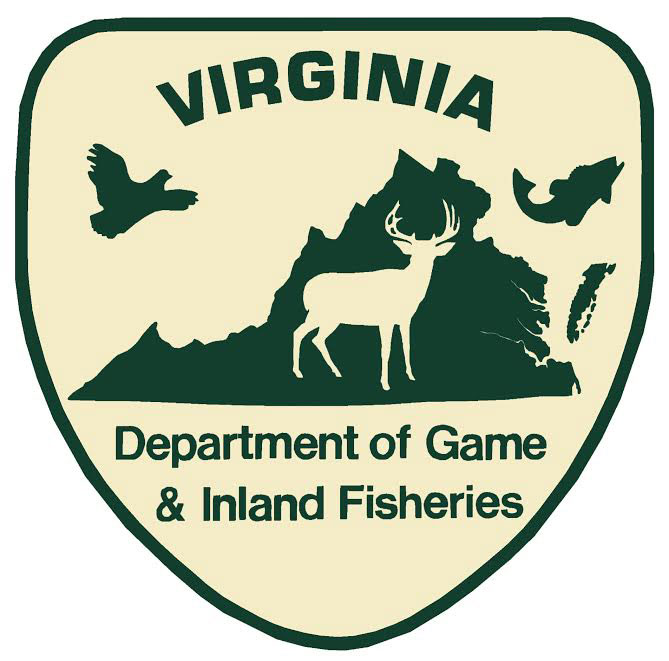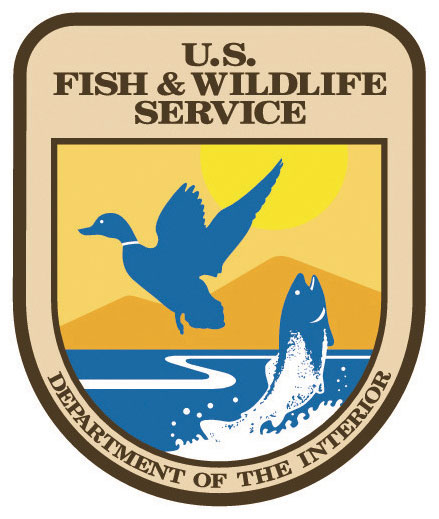Land Snail Ecology
Carrying Pollutants
As litter-dwelling herbivores and decomposers, land snails are crawling across and eating organic material in their environment each time they become active. Marine and freshwater mollusks are known to take up various contaminants, and mussels are even used in bioremediation of radioactive material. Researchers have discovered that land snails are also taking in environmental toxins from their surroundings, with implications for snails, other wildlife, and people.Zinc, cadmium, lead, and copper can all be taken up by land snails, as shown by laboratory experiments wherein snails were fed toxin-laced lettuce (e.g., Dallinger and Wieser, 1984). But in more recent lab tests, snails incorporated cadmium when simply raised upon contaminated soil, raising concerns that toxins in polluted soils may be more bio-active than previously believed (Scheifler et al., 2003a). Aquatic environments had previously been thought to be the only environments providing the conditions for chemical reactions that allow certain toxins to bio-magnify, moving up the food chain.
Most recently, Italian scientists showed how the land snail Helix aspersa accumulated a suite of trace metals and polycyclic aromatic hydrocarbons along roadsides (Regoli et al., 2006). The pollutants were not only carried by the snails but damaged their physiological defenses, cells, and DNA.
In the case of mercury, this neurotoxin is well-known as a problem in aquatic systems, where it bioaccumulates, poisoning top predators and sometimes people. Aquatic snails are one possible vector for mercury contamination in water (e.g., Leady and Gottgens, 2001). However, mercury has now turned up in a terrestrial ecosystem as well.
Researchers have found elevated levels of mercury in the blood of Bicknell’s thrush on mountains in New England (Rimmer et al., 2005). These thrushes are neotropical migrants that forage upon a wide variety of prey in wintering as well as breeding habitats. But thrushes are generally known to eat snails (Martin et al., 1951), presumably to obtain calcium for egg laying, so the role of land snails here is one possibility for future research.



Development of this site was supported by the generous contributions of Pennsylvanians to the Wild Resource Conservation Fund, and by the Virginia Dept. of Game and Inland Fisheries with a State Wildlife Grant from the US Fish & Wildlife Service.
